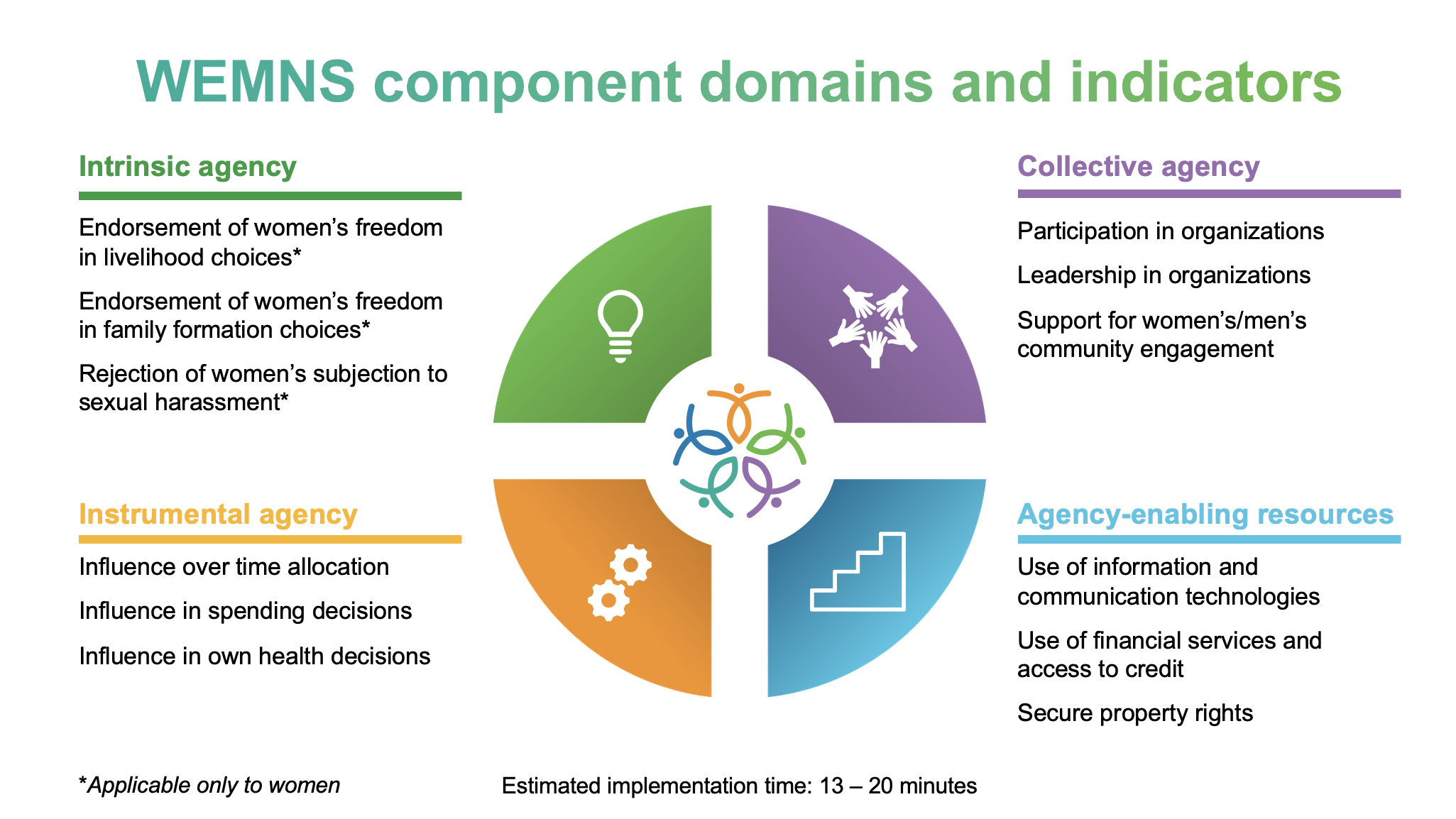Ideas can fuel economic development, which is why legal protection for these ideas—in the form of patents—is an essential building block of a healthy economy. China, once the manufacturing hub of the world, faces rising labor costs due to rising worker wages. As a result, demand for new technologies to replace these workers has skyrocketed. Patents are crucial to encouraging the development of new technologies and innovations, and China has become the world’s largest recipient of patent filings in the world.
Understanding patterns and structures of patents is critical due to their status as a key driver of economic growth. In their discussion paper, The Patterns of Patents in China, IFPRI senior research fellow Xiaobo Zhang and colleague Zhuan Xie of Peking University examine the relatively short history of patents in China, comparing the State Intellectual Property Office (SIPO) records and the Annual Survey of Industrial Enterprises in China (ASIEC).
The researchers merged the SIPO and ASIEC patent datasets to better understand the history of patents in China, across firm types (e.g., foreign vs. domestic, private vs. state-owned, etc.) and industries. This allowed them to examine patent applications and approvals from 1985 to 2014, and as a result, a pattern of trends began to emerge. To account for a variety of firm sizes, the researchers normalized the number of patents to serve as a measuring stick for innovation. The researchers discovered that:
- Foreign patent applicants have a higher approval rate than domestic applicants, although it takes more time for a foreign application to be approved.
- Across domestic industries, operations and transporting were granted the largest number of patents, while textiles and papers were granted the fewest.
- Domestic private firms are more innovative than state-owned enterprises (SOE) when using the number of patents granted as a measure.
- Exporting firms, labor-intensive firms, and industries with a higher percentage of female workers were more innovative.
- Firms in clusters were also more innovative. Researchers attributed this to several positive externalities resulting from clusters, such as better access to market and labor pooling.







